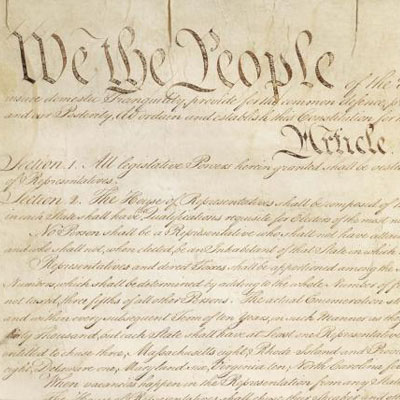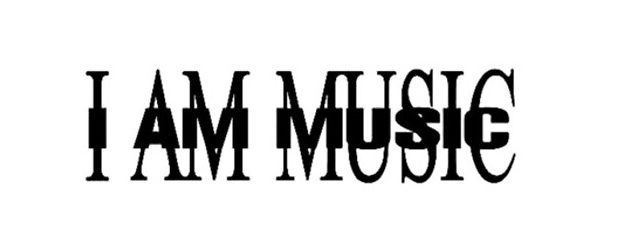How Does Impeachment Work?

The opening lines of the United States Constitution contain the mandate of impeachment.
November 25, 2019
Impeachment is enshrined in the US Constitution – important enough to be placed in Section 3 of Article 1. The process of presidential impeachment generally begins with a vote in the House of Representatives on whether or not to levy charges against a public official. According to the Constitution, impeachable offenses include treason, bribery, and other high crimes and misdemeanors. ‘High crimes and misdemeanors’ is vague, but it can refer to corruption, abuses of public trust in addition to criminal violations. Impeachment charges are similar to bringing an indictment by a grand jury. If the House votes in favor of pressing charges, the president is impeached. However, he or she is not removed from office. The power now lies in the hands of the Senate. The Senate will hold a trial where the senators act as a jury, the House representatives the prosecution, and the chief justice of the Supreme Court the judge. Two-thirds of senators need to vote in favor of impeachment for the president to be removed from office.
President Trump is under investigation for attempting to influence the President of Ukraine, Volodymyr Zelensky, to investigate Democratic Party presidential candidate Joe Biden and his son, Hunter Biden. Currently, the three House committees have just finished investigating the charges against Trump in a public inquiry, which concluded on Friday, November 22nd. The House of Representatives currently writing an impeachment report and has yet to vote on impeachment charges.
General predictions can be made by analyzing the breakdown of Congress. The House of Representatives has 431 members, with a Democratic majority of 233 representatives. This means that the House could vote to impeach President Trump with little or no Republican support. While the Democrats hold the House, the Republicans hold a majority in the Senate, which makes Trump’s removal from office extremely unlikely. To remove Trump from office, all of the Democrats and at least twenty Republicans would have to vote against him.









